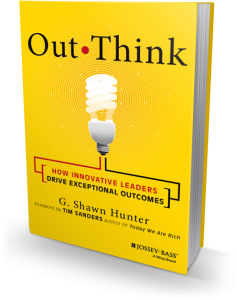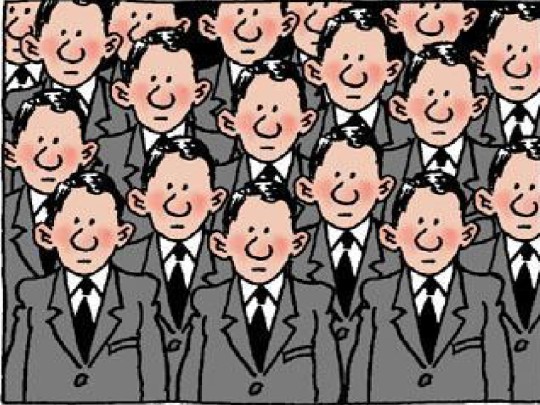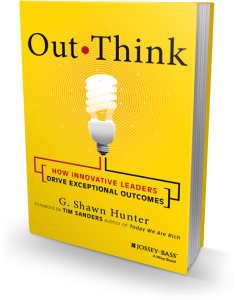Four Actions That Will Truly Motivate You
What drives you at work? Is it the quarterly bonus? Is it simple praise and recognition from your colleagues and boss?
Maybe it’s a sense that your colleagues have your back, that you’ll get the support and resources you need in your work. Wait, maybe it’s a clear sense of direction and goals, that your team knows where the heck it’s going. Or maybe it’s a sense that day by day, you are making measurable progress in work that is meaningful to you.
I asked that multiple choice question last week to a room full of executives at a leadership retreat. No one budged. They knew it was a trick question. It’s a trick question because organizations have to get all of these factors right. Without fair pay, there is a deep sense of inequity and loyalty erosion. Without clear goals, people feel adrift and without purposeful direction. Without praise, people feel neglected.
But one factor outweighs the rest. Harvard researcher Teresa Amabile and her colleague Steven Kramer analyzed 12,000 diary entries from 238 employees in 7 companies to come to the qualified conclusion that the most valuable work motivator is a sense that we are making progress in work that is meaningful to us. When you signed up to run that marathon, you definitely had a clear goal in mind, but it was the daily grind of making incremental progress that kept you going. That quarterly bonus is nice, but it’s not going to make you stay.
When Amabile and her colleagues conducted that research about five years ago, only 5% of leaders surveyed understood that meaningful progress is our most powerful motivator. I interviewed Ms. Amabile when her book came out, and she said her goal is to tip that figure over 50%.
It’s important to point out that while praise, incentives, equitable pay, interpersonal support, and clear goals are all important, they are also all extrinsic motivators. These motivators come from the outside, from someone else. A sense of satisfaction in making progress in meaningful work is an intrinsic motivator, it’s a sense of joy and satisfaction that comes from within.
“Greatness, it turns out, is largely a matter of conscious choice.”
– Jim Collins
Creating a sense of meaningful progress is something that’s within our control. It doesn’t require external validation or reward. Here are a few ways to stoke your sense of meaningful progress:
Express creativity: Go ahead, add a flourish. Put your signature on it. Make it your own. When you dig a little deeper and put your own creative accent on a project or situation, you will take personal pride and ownership of it. It becomes meaningful to you personally.
Revitalize dormant relationships: Nothing is so marvelous as gaining new insights from old friends to fuel your efforts. When you take time to proactively reach out to those people in your work and life whom you haven’t connected with in a while, it revitalizes both of you. Because while you probably have a rich history you can catch up on, you can also share your ideas and projects over the past year and accelerate each other’s work.
Assume leadership: Take responsibility. Step up. Assuming leadership can be terrifying. You may feel scrutinized, uncertain, and out of your element. And that’s a good thing. Pushing yourself to the edges of your capacity in leading meetings, projects, and interactions will help you grow as a leader. Just remember that people are cheering for you. It may feel like you are being evaluated and dissected, but the truth is most people in the world assume best intentions, are grateful you stepped in to lead, and are cheering for the success of you and the whole project.
Be of service: Remember, the other motivators must come from the outside, from someone else. Your most powerful motivator comes from within, so the real question to constantly be asking is not what can I gain, but what can I contribute. Not what can I get, but what can I give. Not how is this person hurting or even helping my goals, but rather how can I help this person achieve their goals.
Above all, avoid comparisons. If you wish to be smarter than anyone else, then you never will be, because someone will always have more degrees, accolades and a higher Mensa score than you. And if the goal is to be rich, you will forever feel poor. And if the goal is fame you need only look to the Kardashians to agree there is no amount of personal disclosure to keep up with them.
- Join my Email updates for regular updates on leadership and life
- Learn more about my Speaking work
____________________________________________________

Twitter: @gshunter
Say hello: email@gshunter.com
Web: www.shawnhunter.com













